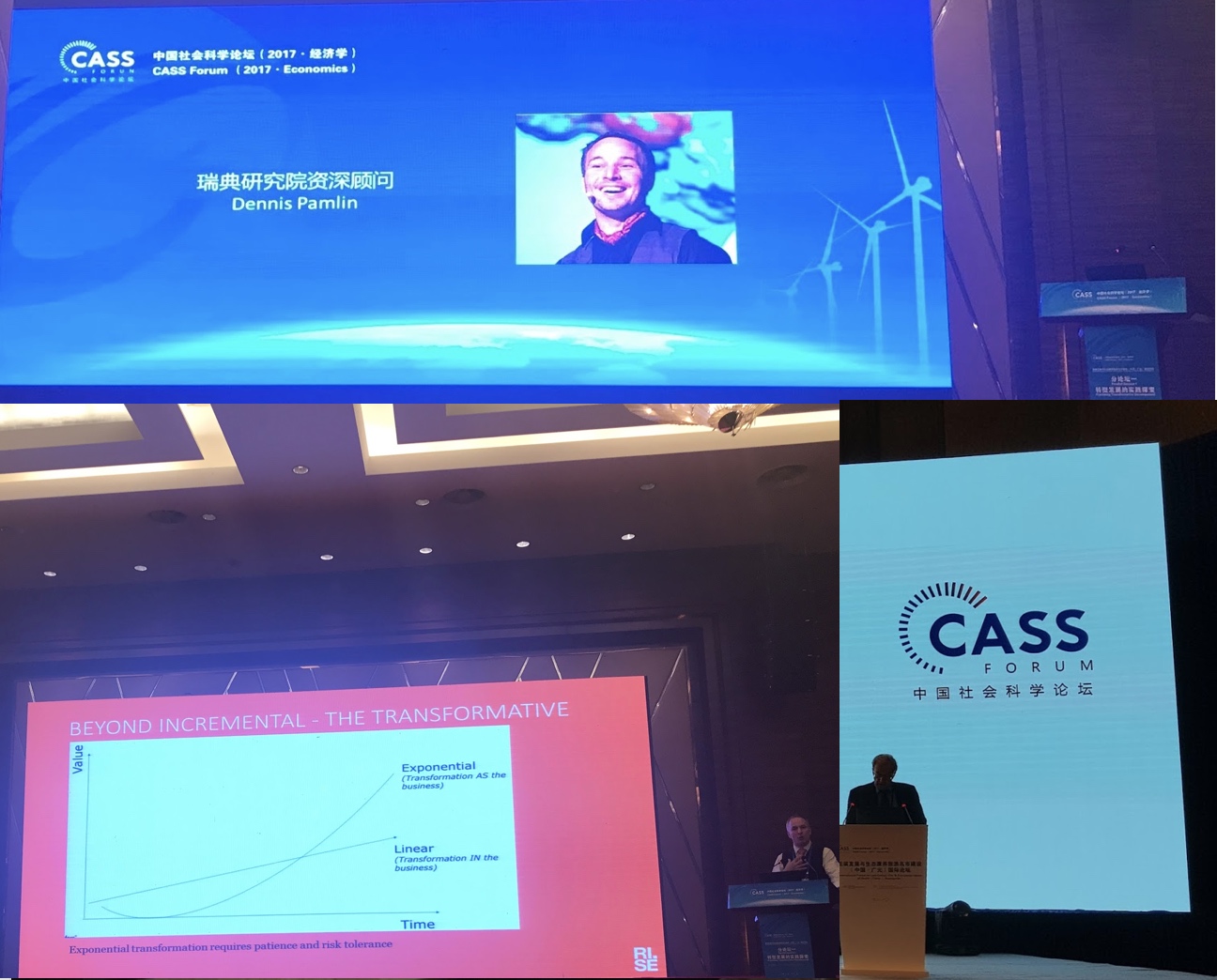Senior Associate at CASS (Chinese Academy of Social Sciences)
/ From 1st of August 2009 to the 1st of August 2010 I will be a senior associate at CASS (Chinese Academy of Social Sciences). I really look forward to this
From 1st of August 2009 to the 1st of August 2010 I will be a senior associate at CASS (Chinese Academy of Social Sciences). I really look forward to thisThe research will focus on how a transition to a resource efficient society can create opportunities, especially for China and Chinese companies. Urban areas are a key focus and particularly how investments can transform the existing carbon/natural resource intensive 20th century infrastructure to a low carbon/resource efficient 21st century infrastructure. How to measure savings and reductions from different policies and technologies is a theme that runs through all the work. Converging trends and converging solutions/technologies are the two starting points for the research. The set of ideas that will be explored are all collected under the heading “21st Century Frontiers” to symbolize that the research areas are exploring opportunities that are just emerging or soon will emerge, rather that existing challenges and opportunities.
The work will focus on the following areas:
- Transformative changes in society
How significant changes in society can be calculated and assessed. Most of the methodologies today focus on incremental changes where the rest if society remains the same. This work will develop models that also include the underlying infrastructure and how different choices affect this underlying infrastructure through dynamic effects.
- Emerging technologies
How it is possible to calculate and assess the impact of threshold events, especially those resulting of convergence of different technologies (such as IT, Nanotechnology and Biotechnology). Of particular interest are methodologies that allow for assessment of “high impact/low probability” events.
- Low carbon/resource efficient lifestyles
How different choices of individuals, companies and governments can be assessed in relation to a sustainable lifestyle (i.e. a lifestyle that is possible for nine billion people to live). How information can be presented in a way that allow it to be used for decision making also under time pressure is of particular interest. What values that support a low carbon lifestyle is particularly important for this work.
- International economic architecture
How different initiatives can be developed in order for an international economic architecture to support a low carbon and resource efficient economy.
- Business models for a harmonious future
How business can develop tools and standards that allow them to assess their positive contribution to a low carbon/ resource efficient development. Instead of only focusing on companies as problems that should reduce their emissions this research focus on developing tools that allow companies to report the emissions reductions they
- Low carbon city development
How cities development can be measured, not just the direct emissions, but also aspects such as embedded carbon and consequences for export (e.g. so that a city can account for export of sustainable solutions).
The research will both support ongoing work in CASS as well as explore future opportunities for research. Strengthening the international profile and credibility of CASS is important and will be part of the assessment when the projects are evaluated.































 Here is an
Here is an 